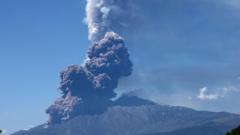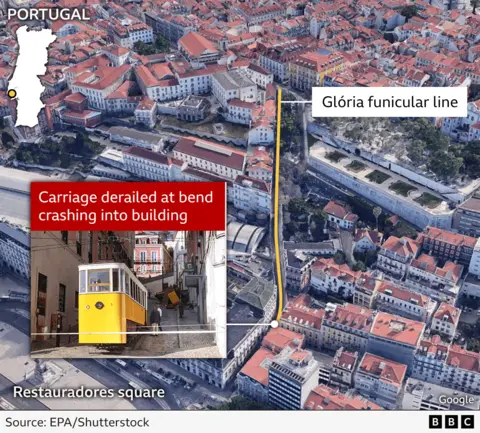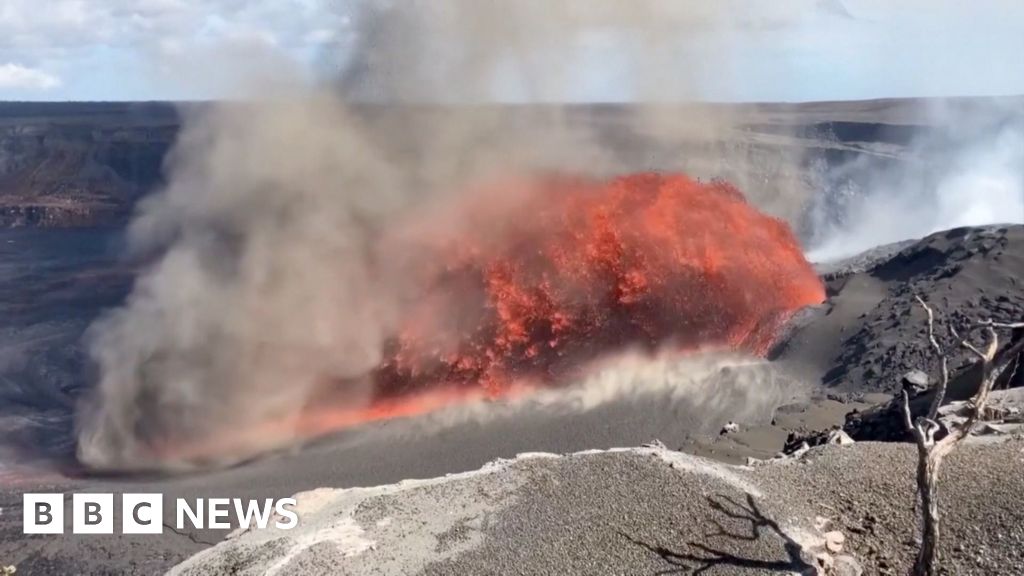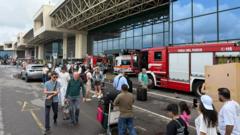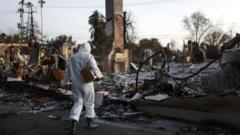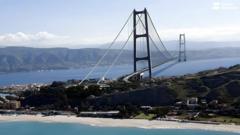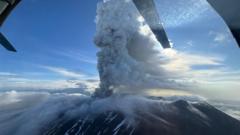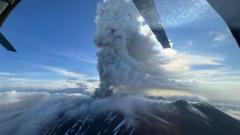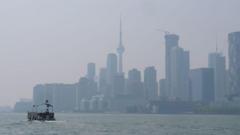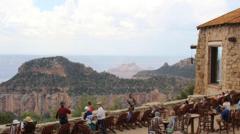Italy's Mount Etna erupted this morning, showcasing large clouds of ash and smoke that were visible across Sicily. Eyewitness footage captured the volcanic material spilling from the volcano as explosions of increasing intensity were noted by Italy's National Institute of Geophysics and Volcanology (INGV).
The eruption's full impact is still being evaluated, but initial reports indicate that disruptions have been minimal, with flights continuing to operate normally at nearby airports. Notably, the eruption appears to have originated from a known 200m-wide vent on the volcano's southeastern flank.
Geologists monitoring the event observed a rapid release of pyroclastic flow— a dangerous mixture of ash, gas, and rock—descending the volcano's slopes after what they believe was a partial collapse of the crater. While pyroclastic flows can pose significant hazards, INGV confirmed that, as of now, there is no immediate threat to surrounding areas, especially since the volcanic material has not advanced beyond the Valley of the Lion, a popular tourist stop.
Changes in volcanic activity were first reported by INGV around 00:39 local time, unveiling that a "Strombolian" eruption was underway. These types of eruptions are characterized by the intermittent explosions that occur when gas buildup in the magma chamber forces its way to the surface. Such eruptions can be risky for nearby air traffic, especially given the potential for ash clouds.
Earlier in the day, a red alert was issued for the surrounding area but was later downgraded, allowing flights to continue operating. The last significant eruption of Mount Etna in February caused Catania Airport to divert numerous flights due to ash fallout, leading local authorities to remind tourists to avoid the volatile lava flow zones. As volcanic activity has become a part of life on the island, residents and tourists alike remain vigilant yet fascinated by the natural spectacle.

